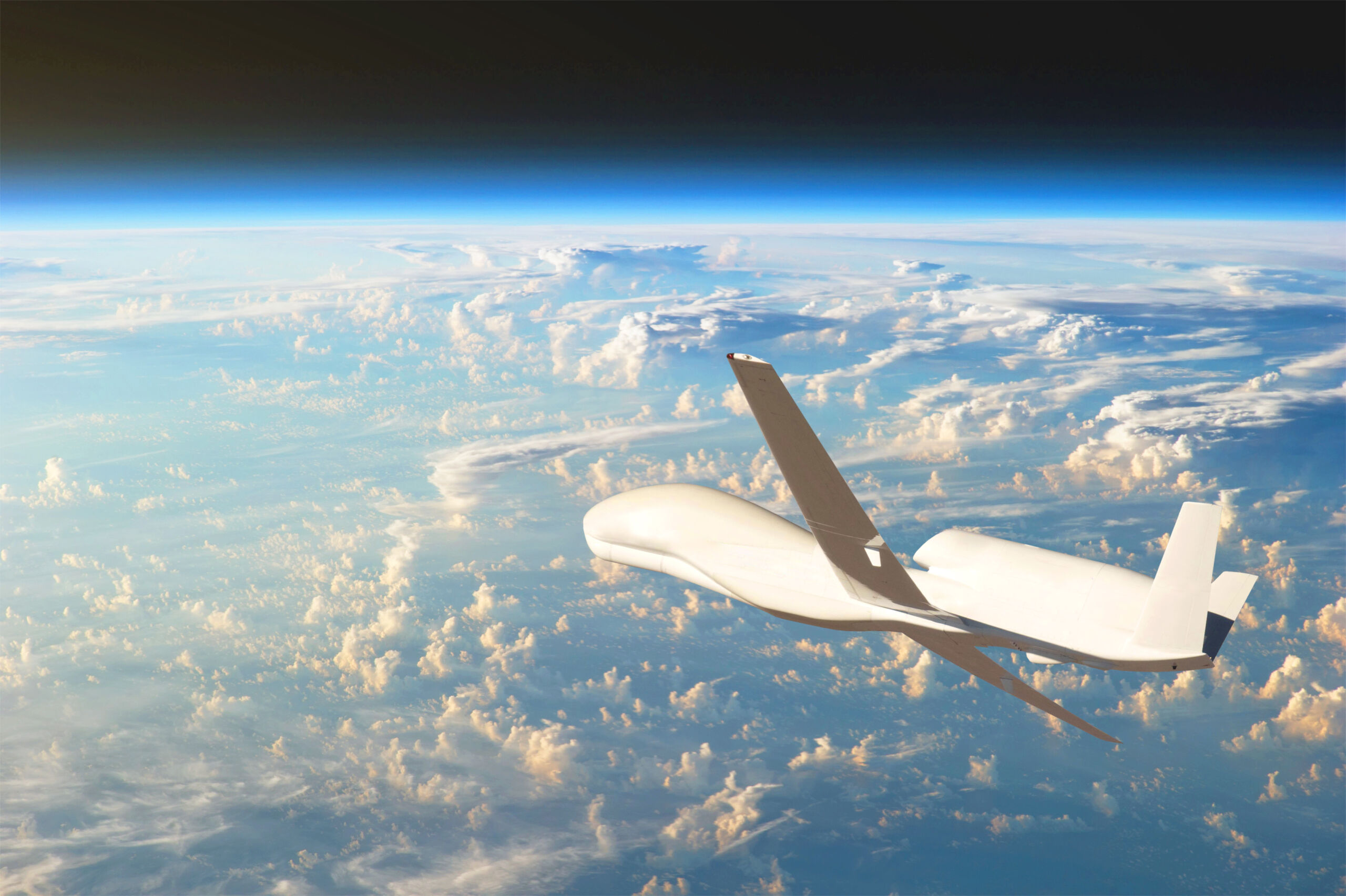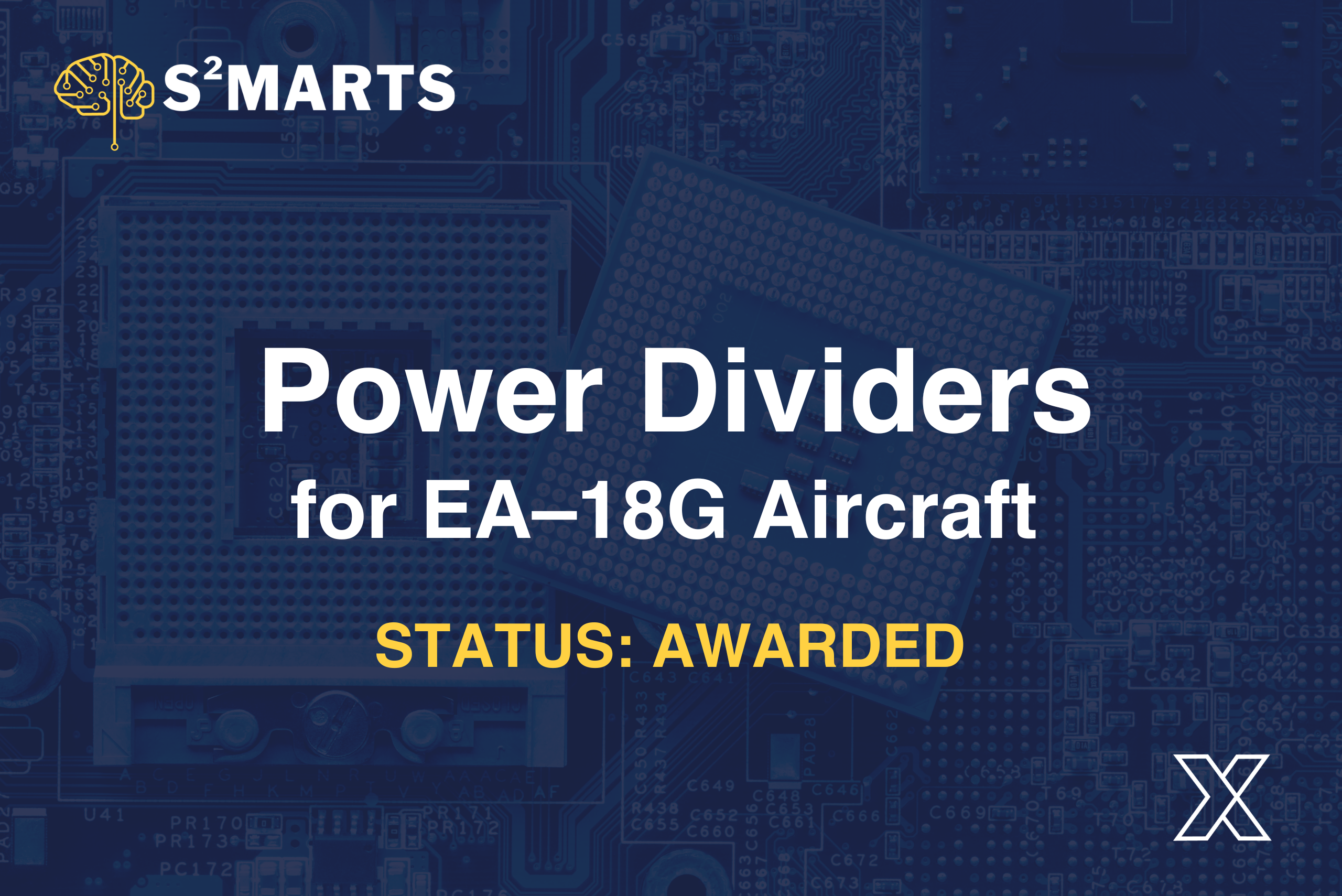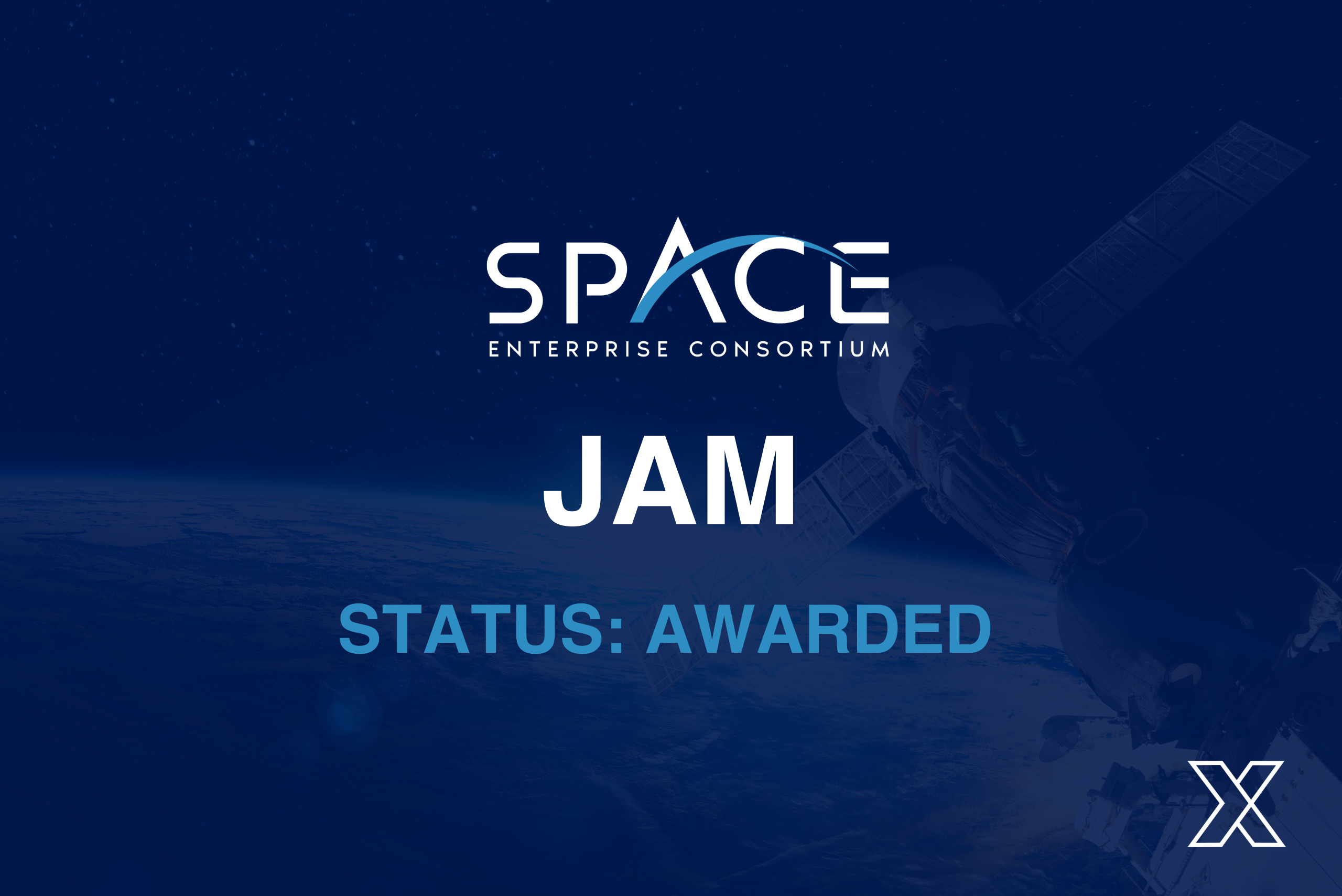Exploring Aerospace Defense: What You Need to Know
March 31, 2023

Protecting Our Skies and Beyond
The Aerospace industry as it relates to the Department of Defense is a field involving designing, manufacturing, and operating vehicles that travel in aerospace, which includes missiles, spacecraft, rockets, and satellites. This industry is critical for transportation, exploration, and national security, and over the years has evolved to meet the needs of these growing sectors.
Focuses on the aerospace industry revolve around designing and testing aircraft and spacecraft, and researching the aspects that make the vehicles so effective, like materials, manufacturing, propulsion systems, and avionics.
Advances in the Aerospace Industry
The Aerospace industry is a massive sector that generates billions of dollars in economic activity and employs millions of people worldwide. PWC states that in 2021, the Aerospace & Defense (A&D) Industry was reporting $712 bn in revenue, up 4% from 2020. In addition, the U.S. A&D industry had more than 2.1 million in the workforce, increasing by approximately 6,000 employees in 2021, a 0.3 percent increase from 2020.
There are several subsectors within the aerospace industry, which include but are not limited to military aircraft, missiles, and space technologies. Each of these subsectors produces the need for new technology, and with the motivation to evolve with ever-growing worldwide competition, new innovations are being released all the time.
Hypersonic technology
Hypersonic vehicles and weapon systems are setting a new standard; creating an ecosystem of weapons that can travel at speeds greater than five times the speed of sound (Mach 5). They offer several advantages over traditional missile systems, including faster speed, maneuverability, and the ability to carry a much larger payload. The United States Department of Defense leaders are using every avenue available to them to close the technological gap and advance manufacturing capabilities of hypersonics programs in order to keep up with worldwide competition. For a closer look at one of NSTXL’s hypersonics opportunities, view our page for Hypersonics: Carbon/Carbon Non-phenolic Resin.
Additive manufacturing
Additive manufacturing, also known as 3D printing, is being used in aerospace defense to produce complex, lower-weight parts more quickly and at a lower cost than manufacturing traditionally. Taking advantage of additive manufacturing also carries the benefits of being able to produce custom parts in-house, which is invaluable for those in the field. The global aerospace and defence 3D printing market is currently estimated at $1.56 billion (£1.22 billion) and is expected to grow to $5.9 billion (£4.63 billion) by 2026 at a CAGR of around 15.93%.
Growing Additive Manufacturing Maturity for Airbreathing Hypersonics (GAMMA-H) is an opportunity within NSTXL addressing additive manufacturing for scramjet propulsion systems, as well as airframe components. Furthering additive manufacturing here would enable shorter engineering prototype and production lead times, optimal designs and performance, reduced cost per unit, and higher production rate capability for both propulsion and airframe parts.
Advanced Materials
The use of advanced materials is another emerging technology in the aerospace industry. Aircraft traveling in aerospace need to excel in harsh environments, with a myriad of stressful factors like heat and corrosion. Advanced materials include composites like carbon fiber, which offers many benefits over traditional materials such as weight reduction, strength, and durability. The streamlined production of advanced materials like carbon fiber is vital to have a successful aerospace network.
Space Situational Awareness (SSA) and Space Traffic Management (STM)
As more satellites are launched into orbit, the amount of space debris is increasing continuously. Since the space craze took off in the US in the late 1950s, some 12,000 satellites have been put into orbit. 4,852 of those are active satellites, and the rest act as space debris.
Space situational awareness is the knowledge, understanding, and characterization of what’s happening out in space, while Space Traffic Management (STM) is knowing how to maneuver all the objects in space, making space and Earth safer. Working to develop technologies to detect and remove this debris is vital to prevent collisions and protect valuable aerospace assets in space. For an in-depth look at Space Situational Awareness (SSA) and Space Traffic Management (STM), check out our blog.
Overall, innovation in the aerospace industry has become a key driver of progress and as new technologies emerge and current technologies adapt, the industry must continue pushing the boundaries to remain effective.
To take part in revolutionizing technologies for aerospace and beyond, become a member today.







